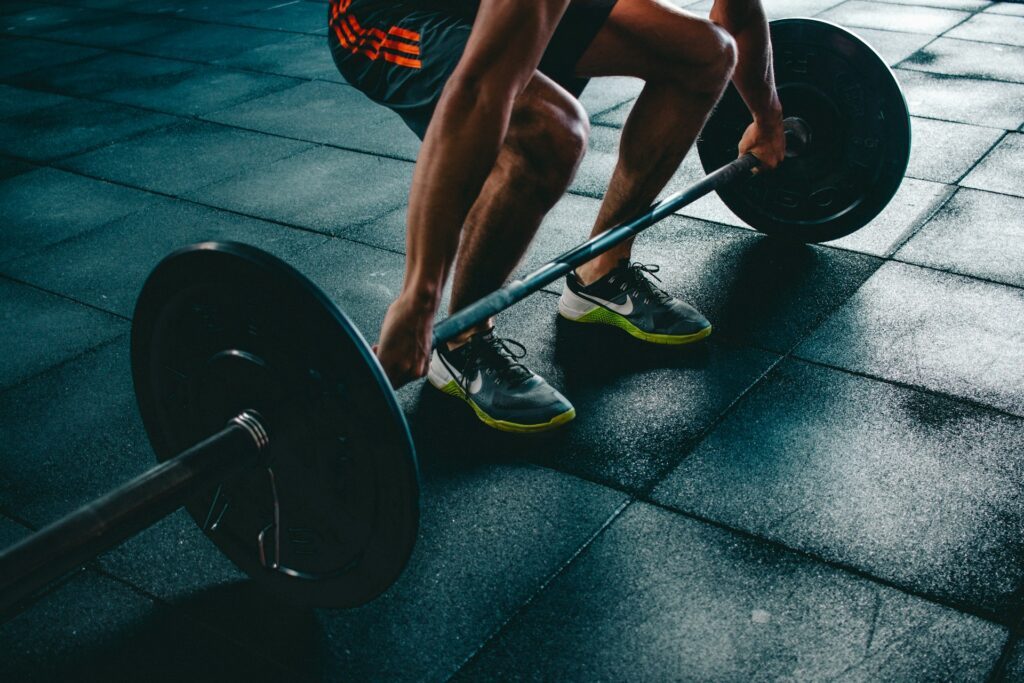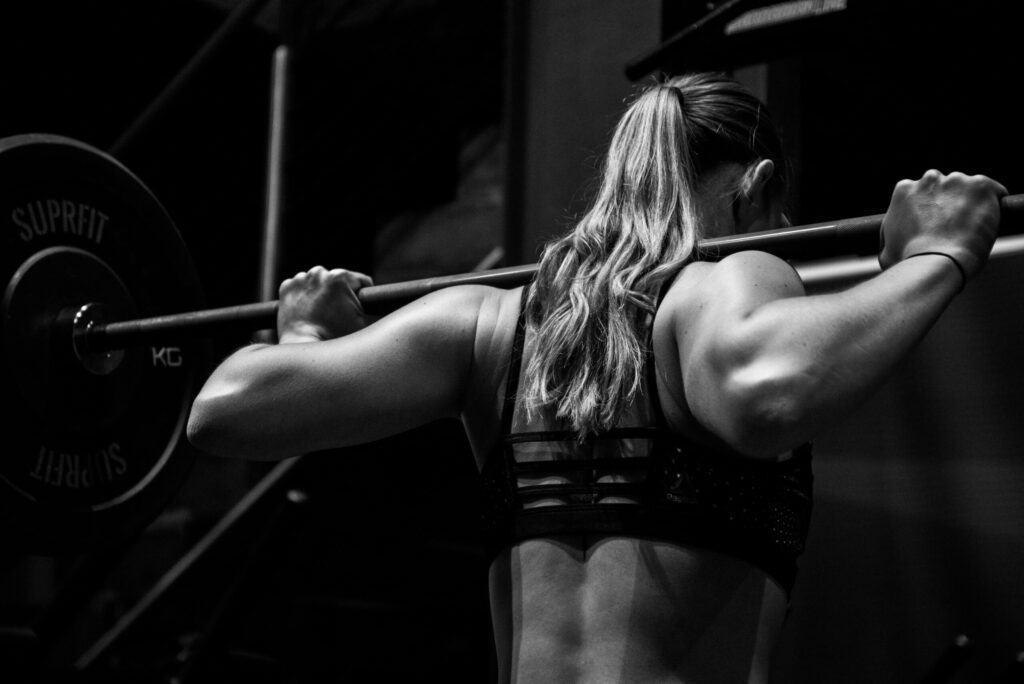This article aims to provide you a frame work for how to set up a fat loss plan. With the rise of the internet coach and guru there is copious amounts of internet jargon spilling into the public. This makes it very hard for the consumer to differentiate between good and bad advice. This article aims to provide you with a simplified structure of how one might approach fat loss. Bear in mind this is the outline of a bigger picture that needs the specifics to be filled in and this is where a coach is your best asset.
STRUCTURING A FAT LOSS PLAN
First off let’s make the clear distinction between WEIGHT and FAT LOSS
-
Weight loss
-
Combination of muscle and fat loss plus other minor influences i.e taking a number 2
-
Fat loss
-
Your body oxidising fat as a result of a calorie deficit with adequate protein and strength training.
A well-rounded fat loss plan has a number of factors to take into consideration, all of which contribute their own piece of the puzzle. First and foremost, I will stress the word adherence. Although it is not formally a way to structure your fat loss phase, it is the single most important factor to consider when making any decision regarding your plan and how it progresses. If you DO NOT adhere to the fat loss program or any program for that matter, you will fail or results will be sub-par in the best case scenario. Adherence is the duct tape of a fat loss phase.
Any successful fat loss phase has 3 key variables that must be addressed at all times. These are Energy Balance, Resistance Training and Protein Intake. Yes, we know a calorie deficit is the primary driver for fat loss, but strength training is equally important in a deficit as our aim is to lose ‘fat’ not muscle. Don’t believe me? Put yourself in a calorie deficit and don’t step foot in a gym. I can nearly guarantee you the result will be different from what you thought. Adequate protein intake will also impact on the end result in terms of body composition. Let’s discuss the importance of each below.
ENERGY BALANCE
For fat loss to occur, we need to place our body in a caloric deficit This means we are consuming less calories than we are using during the day. Essentially energy input is lower than energy output. See below
STRENGTH TRAINING PROGRAM
A properly structured training program is a must to improve body composition. The aim here is to try and retain muscles mass. Muscle growth/retention is only achieved if we keep that stimulus from resistance training present, ensuring it follows a progressive overload scheme at appropriate intensities. The rate at which you will be able to overload in the gym will be compromised due to hypocaloric condition so don’t try and break any records. If you are dieting then the goal is fat loss not performance. What you don’t use, you lose! Follow a strength training program 3-5 times a week focussing on appropriate intensities and a progressive overload scheme and you are on the right track.
Tip – In an energy deficit don’t get to volume happy! If you accumulate lots of fatigue whilst in the deficit you’ll run yourself out. To compensate, keep intensities high.
*For more info about strength training feel free to send us an email at matt@3pointtraining.com.au*
PROTEIN
Protein is broken down into amino acids, which are the building blocks of our muscles. Protein is essential for muscle protein synthesis (MPS). Essentially what happens when we engage in weights is we damage the proteins in the muscle. This initiates the muscle construction process and having enough amino acids readily available to rebuild and repair the muscle is essential. MPS spikes after exercise so as a general guideline an even consumption of protein throughout the day to stimulate protein synthesis is ideal. Whilst an even spread is ideal, the important thing is that you get your required daily intake before you worry about timing.
Protein is the most satiating macronutrient of the 3. This means it will leave you fuller for longer. Generally, around 2g per Kilo of bodyweight is a good starting point for fat loss. As well as this it has the highest thermic effect of all macros meaning it takes the most energy to digest.
STRUCTURING/IMPLEMENTING OTHER VARIABLES IN THE DEFICIT!
Ok so you have the key areas 3 in check, where to from here? Well we need to decide on the finer details and how to structure and implement them. We have 4 areas we can look at these being fats, carbs, cardio and protein supplements.
FATS
As a general rule, fats is in most cases the easiest drop calories from first. This is for two reasons. The main reason is that fats are the most calorie dense macronutrient (9 calories per gram of fat). For example, say my maintenance energy intake was 2000 calories per day and within that was 80 grams of fat. If I was to drop this down to 60 grams of fat I would have a reduction of 180 calories. That is already a good deficit, without even having to touch carbs and without sacrificing much food volume. The lower limit for fat intake would be around 0.6g per kg of body weight. The second reason is that fats are not always readily available for energy use. It is a much more time efficient process to extract energy from fats than it is carbs. That’s not to say that if you don’t eat carbs your body does not have any glucose or glycogen stored. The body is able to convert fats and proteins into glucose and glycogen via a process called gluconeogenesis.
CARBOHYDRATES
Carbohydrates are our bodies preferred fuel source. Being able to keep carbohydrates as high as possible whilst in a deficit will better allow us to fuel our workouts therefore leading to better gym performance. Carbohydrates will also have a direct effect on helping retain muscle through fuel utilisation whereas fats will not.
Please note
When it comes down to it, the deficit you create can come from carbs or fat and this is based on personal preference. If you can adhere to a low carb diet and that’s your preference then that’s what you do. As long as you have the deficit, adequate protein and resistance training in place then whether you start with carbs or fat or both is at your discretion.
CARDIO
Cardio is not a NECESSITY for fat loss but is a TOOL that can be used. The main driver of fat loss should be nutrition intervention. Why? It’s more predictable and more easily measured. Without going into heaps of detail, it’s a lot more accurate and easily measured if you try to eat 400 calories under maintenance than it is to try and accurately measure how many calories you burned in a workout. Your treadmill is not accurate, trust me.
So when is cardio useful? The answer, when you can’t/don’t want to take reduce your caloric intake any further. Great examples are;
-
A small lady who is only eating 1200 calories. Rather than take food out, lets add cardio in to help create a deficit
-
A physique athlete nearing competition but still with some fat to drop. Calories are probably already at their lowest, lets add cardio.
A key factor with cardio is to introduce it gradually (progressive overload). As you add cardio your body becomes more efficient at the cardio to help save energy. This means that you have to progressive overload cardio to still get benefits. If you add 5 hours of cardio a week into a program straight away, you’ll very quickly run out of room to move. Only do as much as you need to get benefits and then progress from there.
PROTEIN
Last resort! If you are at the lower levels of both carbs and fats, cardio is through the roof then protein is your last option. For obvious reasons this is not ideal and in my opinion, I’d seriously consider if what you’re currently doing it worth it/safe. Taking protein out probably indicates you are at the extreme end of fat loss interventions so ensure you are aware of the short and long terms consequences that come along with that.
OTHER NOTABLE FACTORS THAT WILL INFLUENCE FAT LOSS
SLEEP
You will be tired, sluggish and find your recovery down. Sleep is so important in a fat loss phase for recovery as it allows for a whole host of biological processed within the body to occur at complete rest.
You also don’t eat when you sleep!
NEAT
A very underrated tool in fat loss phases. You may not notice it but you will become increasing less active in a fat loss phase. You will find yourself sitting more, slouching and even fidgeting less! A conscious effort to increase NEAT can go a long way. It’s hard to quantify exactly how much NEAT is contributing to your overall fat loss (much like cardio), however a good example of how it may be measured is steps counted by a Fitbit i.e. 10000 steps per day consistently.
TEF
Thermic effect of feeding (TEF) refers to the amount of energy your body uses to breakdown and absorb the consumed calories. Protein has the highest TEF of the three macronutrients, which is why it is again important to get protein intake right in a fat loss phase.
BMR
Basil metabolic rate (BMR) is the amount of energy your body uses while doing absolutely nothing. Essentially it is all the calories your body is using to keep you alive, for example, breathing. Each person will have a different BMR.
Conclusion
And that’s a wrap! The key take always are
-
Ensure you have the 3 key factors needed for fat loss in place first
-
Energy deficit
-
Resistance training
-
Adequate protein
How you then implement and structure the finer details for a deficit is based on your preferences
-
Fats first as they are the most calorie dense followed by carbs. As stated, this is not a rule it’s a suggestion. As long as the initial deficit is created from these two macronutrients then you’re winning
-
Cardio is a tool not a necessity. Introduce it as needed, not all at once.
-
Calories from protein is last a resort and again, if you are resorting to this extreme consider whether continuing is worth it.









